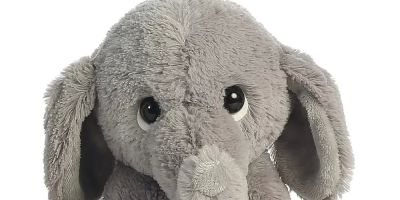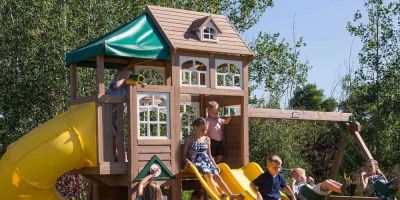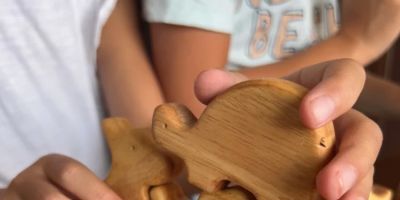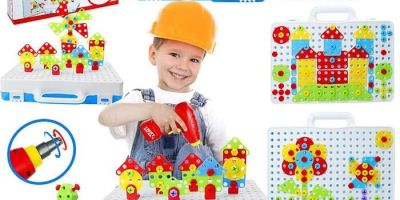- 1- Importance of Cognitive Growth in Children
- 2- The Role of Toys in Child Development
- 3- Types of Toys That Boost Cognitive Growth
- 4- How to Choose the Right Toy for Cognitive Development
- 5- Real-Life Example of Toys Enhancing Cognitive Growth
1. Importance of Cognitive Growth in Children
Cognitive growth refers to the development of the brain's ability to process information, solve problems, and understand the world. In children, this process is critical as it lays the foundation for later academic achievement, social skills, and emotional intelligence. Cognitive development influences everything from language acquisition to problem-solving abilities and creativity. Early childhood is a particularly important time for cognitive development, as the brain is highly plastic and responsive to stimuli. By promoting cognitive growth during these formative years, we can help children develop the necessary skills to thrive in both school and life.
2. The Role of Toys in Child Development
Toys are not just for fun; they play an essential role in a child's cognitive development. When children engage with toys, they stimulate various parts of the brain and practice different cognitive skills. For example, puzzle toys can enhance problem-solving abilities, while building blocks can help develop spatial awareness and fine motor skills. Toys serve as tools for exploration, allowing children to test their ideas, make connections, and learn about cause and effect. By using toys as instruments for learning, children develop the ability to think critically and creatively, which is crucial for future success.
3. Types of Toys That Boost Cognitive Growth
There are many different types of toys that can aid in cognitive development, each targeting different aspects of a child's brain function. Here are a few examples:
- Building Blocks: Toys like Legos or wooden building blocks encourage creativity and problem-solving. As children stack and arrange the blocks, they learn about balance, symmetry, and spatial relationships.
- Puzzles: Puzzle games help children improve their memory, concentration, and critical thinking. They also encourage perseverance and attention to detail as children work to fit the pieces together.
- Interactive Toys: Toys that respond to a child's actions, such as those with sound or light, stimulate sensory development and help children learn cause and effect. They also promote hand-eye coordination.
- Role-Playing Toys: Toys such as dolls, action figures, and pretend kitchens encourage imaginative play. These toys help children develop social skills, empathy, and emotional intelligence as they simulate real-life scenarios.
4. How to Choose the Right Toy for Cognitive Development
When selecting toys for a child’s cognitive growth, it’s important to consider the child's age and developmental stage. Here are a few tips on choosing the right toys:
- Consider Age-Appropriate Toys: Look for toys that match the child’s developmental milestones. For example, younger children may benefit from toys that help with fine motor skills, such as stacking cups or simple puzzles, while older children may enjoy more complex activities like board games or building kits.
- Choose Toys That Encourage Problem-Solving: Toys that challenge children to think critically or figure things out on their own, such as puzzles or construction sets, are ideal for boosting cognitive growth.
- Look for Open-Ended Toys: Toys that can be used in multiple ways, such as building blocks or arts and crafts materials, allow children to use their imagination and creativity. These toys encourage free play and foster cognitive flexibility.
- Incorporate Learning Toys: There are many educational toys designed to promote learning in specific areas, such as language, math, or science. Consider toys that align with your child’s interests or needs to encourage further exploration.
5. Real-Life Example of Toys Enhancing Cognitive Growth
Take the example of a 4-year-old named Emily, who loved playing with her set of building blocks. Initially, she would simply stack the blocks one on top of the other, but over time, as she continued to play, she began experimenting with creating different shapes and structures. Emily’s parents noticed that she started to understand concepts like balance and symmetry. She would also use the blocks to tell stories, giving characters and voices to the objects she had created. This type of open-ended play not only enhanced her creativity but also boosted her problem-solving skills and spatial awareness. By engaging with these blocks regularly, Emily’s cognitive development advanced in a playful and meaningful way.





